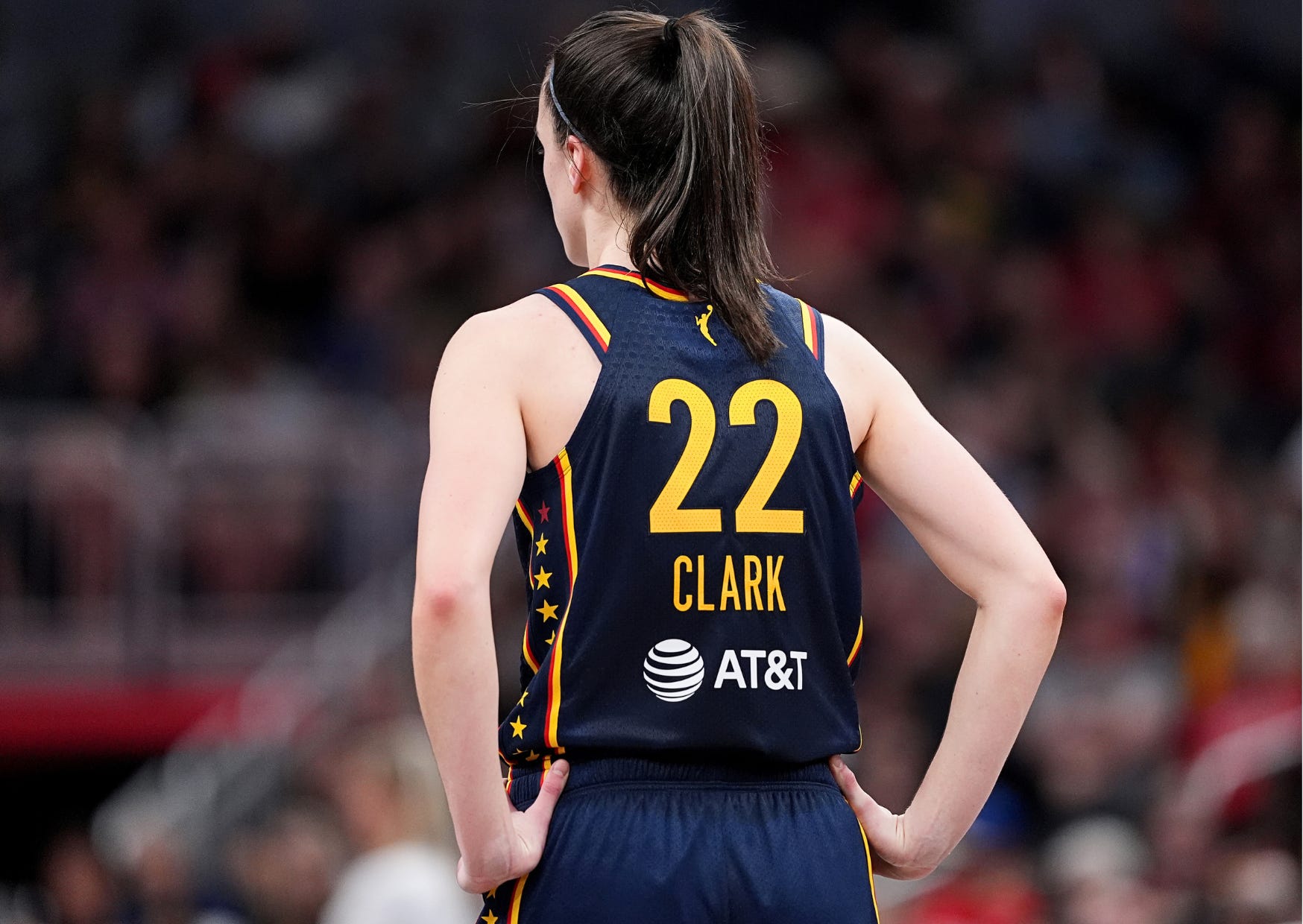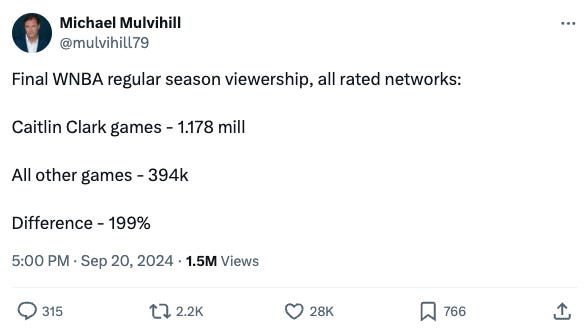Is The WNBA Headed Towards A Lockout?
Is The WNBA Headed Towards A Lockout?WNBA players want to make more money. The league’s cap table makes that difficult.
Earlier this week, 60 Minutes released a special on Caitlin Clark, the Indiana Fever, and the WNBA. The premise of the piece was to show how Caitlin Clark’s arrival has benefited the entire league, leading to record viewership, increased attendance, bigger sponsorship deals, and the signing of a new 11-year, $2.2 billion media rights deal. The piece is full of helpful context, illustrating how Clark’s arrival poured gasoline on a league that was already growing. But one part, in particular, caught my attention. After discussing how the league is expanding and players are now taking chartered flights to games, 60 Minutes’ Jon Wertheim mentions that “[WNBA] players are done taking one for the team; they now want to get paid.” Caitlin Clark’s Indiana Fever teammate, Aliyah Boston, then followed that up by saying that she wants multiple commas in her paycheck, insinuating that a fair salary would be $1 million per year. Wertheim then discusses how WNBA MVP A’ja Wilson only earns $200,000 annually, while the median NBA salary is roughly $12 million. Napheesa Collier, a vice president of the WNBA Players Association, concludes the interview by saying that WNBA players aren’t asking for the same money as NBA players; they just want the same revenue sharing percentage, which is roughly a 50-50 split with NBA owners. This is a complex topic that has a lot of nuance. On one hand, WNBA players are right that the league is growing. Viewership was up 30% this year, at 657,000 viewers per game. Arenas were selling out, with a 48% jump in attendance and 2.35 million fans attending WNBA games this season. Merchandise sales were up 450%, too, and the WNBA parlayed this growth into a new TV rights deal that pays 6x more than the last. However, most of this growth can be directly attributed to Caitlin Clark — 32 of the 37 WNBA games that drew 16,000 fans this year involved Caitlin Clark — and while the league is making more money overall, most of that money won’t flow to players. The truth is that the NBA has subsidized the WNBA for decades. This afforded the WNBA to lose about $10 million per year before losses escalated to about $50 million this year, primarily because the WNBA introduced chartered flights for all teams. The NBA did this because the WNBA’s growth was seen as additive to the overall basketball pie. It also allowed the world’s most popular basketball league to offer broadcasters year-round content, with the WNBA playing during the NBA offseason. The NBA didn’t do this for free, though. In return for hundreds of millions of dollars over the last few decades, the NBA and its owners now control about 42% of the WNBA. The WNBA then raised an additional $75 million in 2022 from an investor group that included Nike and several sports owners, further diluting its equity stake. So the WNBA now only controls 42% of its cap table, with the NBA controlling another 42% and the 2022 investment group holding the remaining 16%. This is a critical distinction because it means less than 50% of all league revenue flows into the revenue-sharing bucket for players, which is how the annual salary cap is calculated. The WNBA’s current CBA expires after the 2027 season, but the players association can opt out of the deal by November 1st. That would move the expiration date to after next season, and with the league’s revenue improving, they will certainly do that. The only problem is that there appears to be a wide gap between what is economically possible and what players think they are worth. I mean, I get it. WNBA players are seeing sold-out arenas and hearing about the league’s new $2.2 billion broadcasting agreement. However, most of that money won’t go to the WNBA, and with CBAs typically lasting 7 to 8 years, it will be a while before we get $1M+ annual salaries. I hope that cooler heads prevail. Lockouts in sports are always messy, and shutting down the league for even a small period of time could halt the WNBA’s momentum. If you enjoyed this breakdown, share it with your friends. Join my sports business community on Microsoft Teams. Huddle Up is a 3x weekly newsletter that breaks down the business and money behind sports. If you are not a subscriber, sign up and join 125,000+ others who receive it directly in their inbox each week. You’re currently a free subscriber to Huddle Up. For the full experience, upgrade your subscription.
© 2024 |


